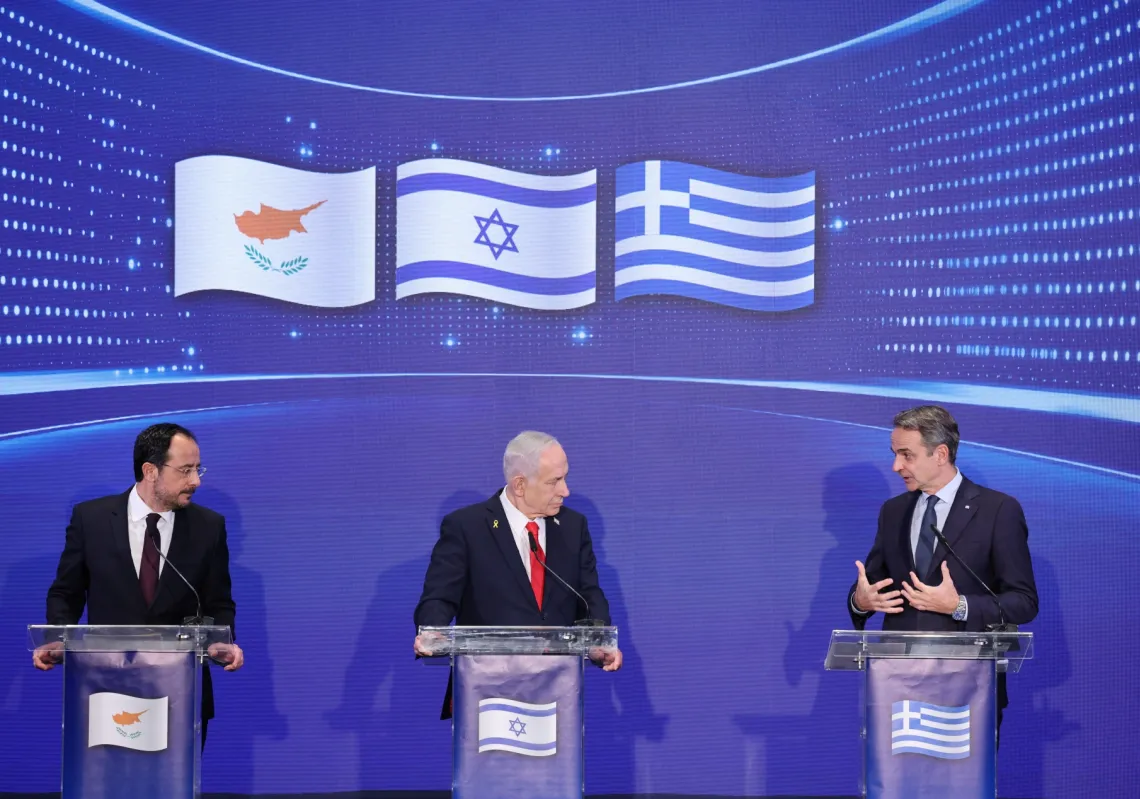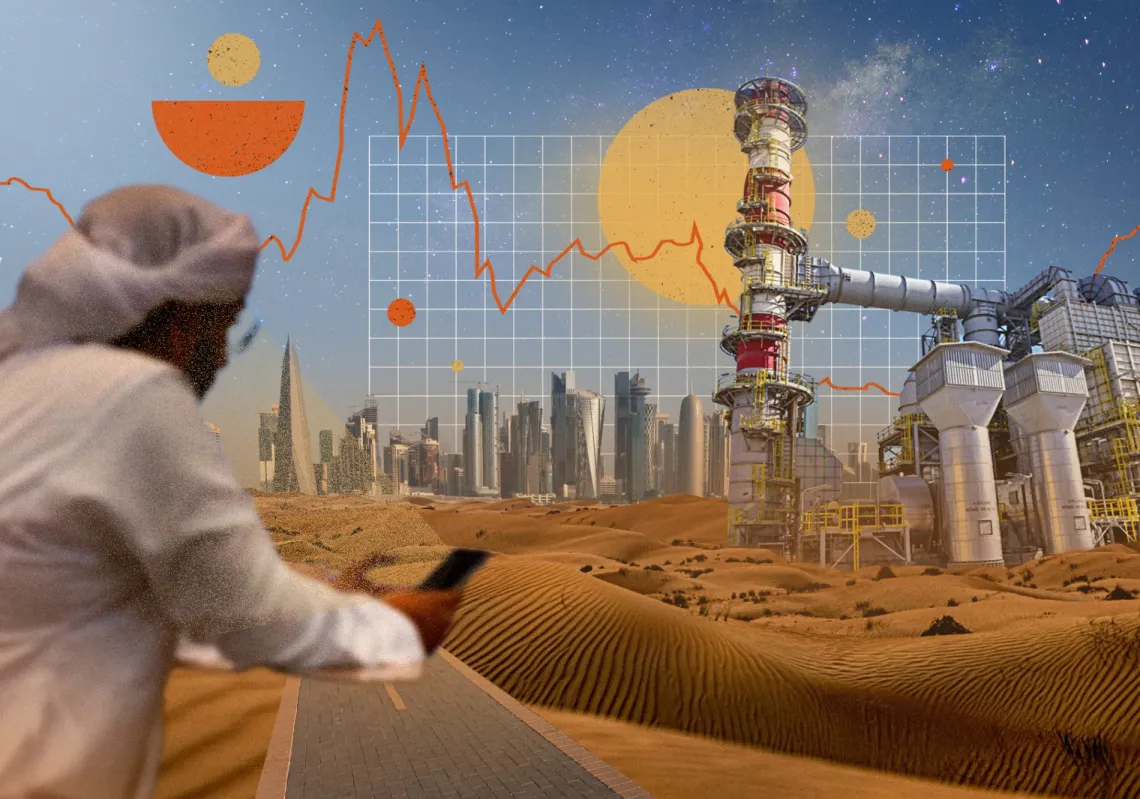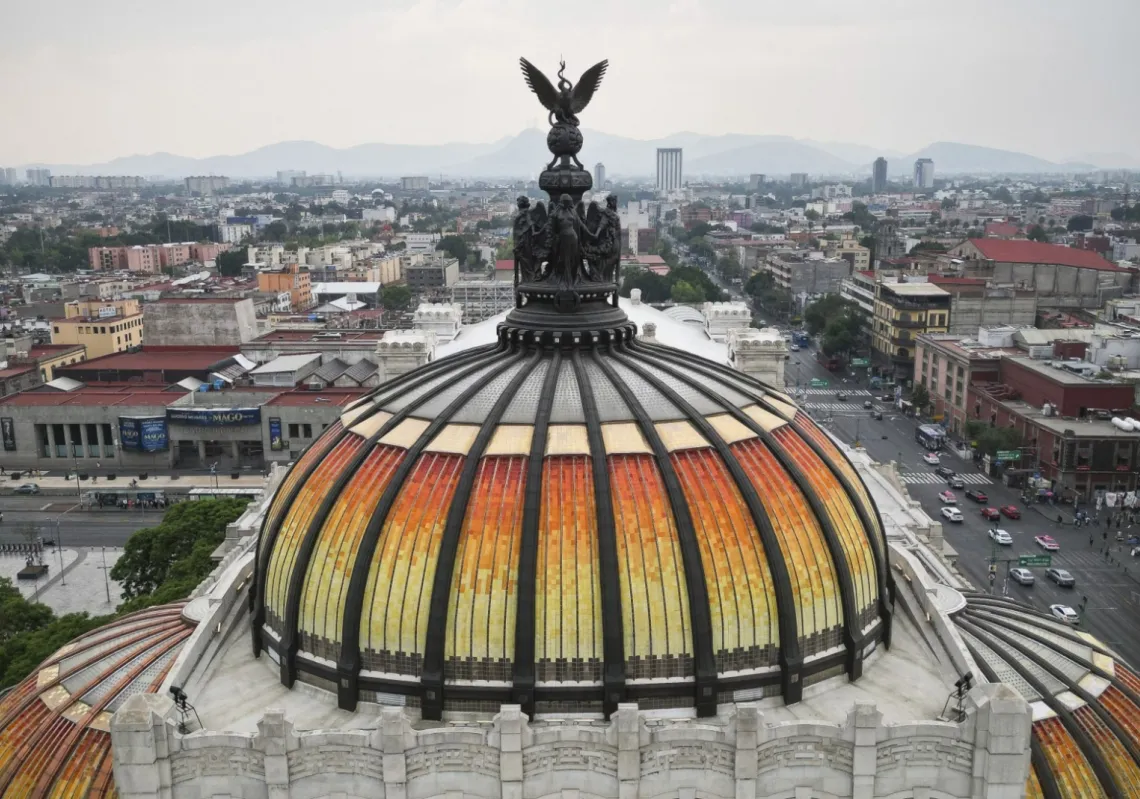The crisis in Syria was worsening significantly in the summer of 2011 and it was testing the country’s relations with Turkey, for whom I was an ambassador in Damascus.
Warnings from Ankara about events in Syria started to turn into criticism. Damascus was unhappy about the statements coming from Prime Minister Erdoğan, but Syria was still careful not to alienate Turkey.
Erdoğan dispatched Foreign Minister Ahmet Davutoğlu to Syrian President Bashar al-Assad with a message. He arrived in Damascus on Tuesday, 9 August, by private plane. We went directly to the Presidential Palace in Kasyun.
I accompanied Minister Davutoğlu along with Deputy Undersecretary Ambassador Halit Çevik, a couple of advisors to the minister and the embassy’s second secretary. Al-Assad was alongside Foreign Minister Walid Muallem, his advisor Bouthaina Shaaban and Ambassador Abdulfettah Ammura, the deputy minister of foreign affairs.

Minister Davutoğlu started by emphasising the "common destiny, common history, common future" between Turkey and Syria and explained this notion as the background of Erdoğan’s statements a few days ago, where he had criticised al-Assad for the way his security forces handled the crisis and their use of excessive, disproportionate force.
Davutoğlu shared in detail Turkey's experiences with the multi-party system, starting with the transition in 1950. He said that combatting terrorism and protecting citizens is the duty of every state, but it is not right to call everyone a terrorist and deal with them as such, saying that would make the situation worse.
He reiterated once again that Turkey is ready to assist Syria in any way it can to end the crisis in a productive way.
Al-Assad said that his security forces were combating terrorism, and they may have made some mistakes in the process, but this is mostly due to inexperience and that some security personnel were punished for their actions.
Al-Assad stressed that reforms would be made, but the fight against terrorists would continue. He also claimed that the army did not enter Hama to destroy the city but to restore security. According to him, there were al-Qaeda elements from Iraq, Jordan and Iran in Deir ez-Zor and some other places and they planned to spread terror.

















